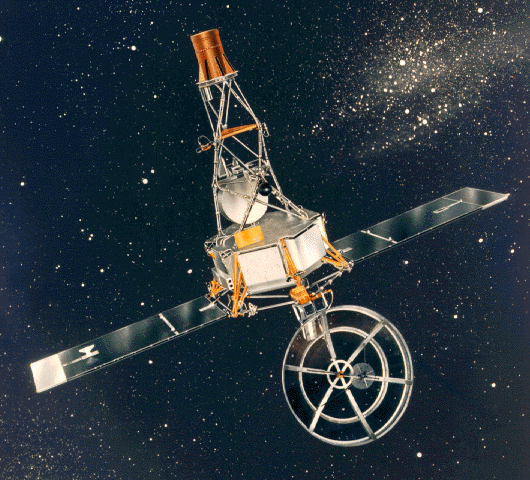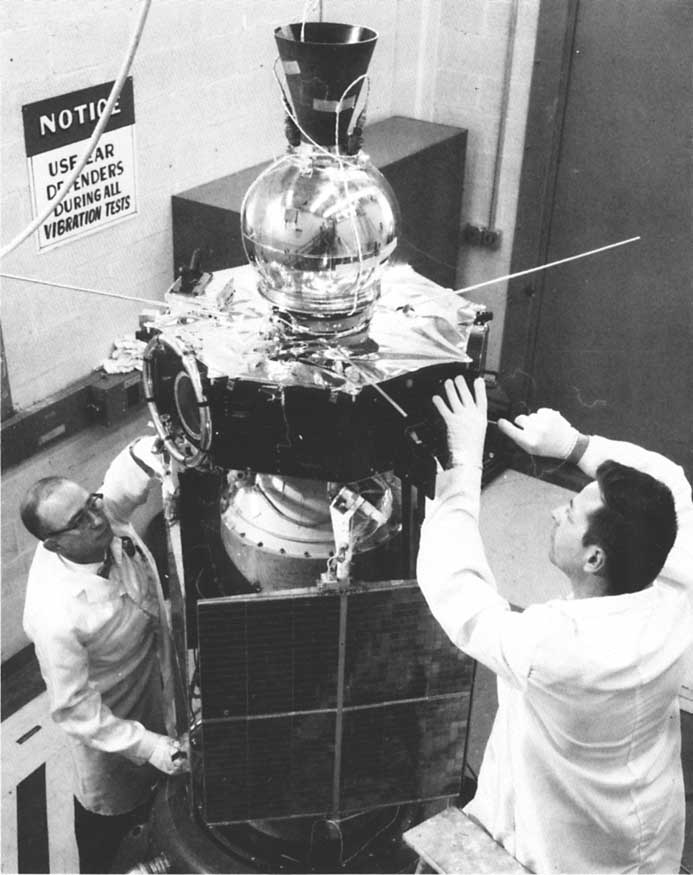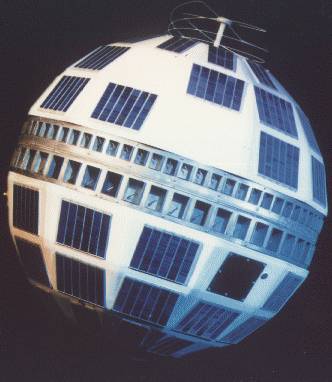Forty years ago today — July 23, 1972 — the Earth Resources Technology Satellite (ERTS) 1 launched from Vandenberg AFB atop a Delta rocket.
Renamed Landsat 1, the satellite was the first to demonstrate global remote sensing for “agricultural and forestry resources, geology and mineral resources, hydrology and water resources, geography, cartography, environmental pollution, oceanography and marine resources, and meteorological phenomena.”

(Landsat images of Mount St Helens. NASA image.)
According to this Landsat page, the choice of wavelengths for Landsat’s multispectral scanner (MSS) “was primarily based on forestry and geologic applications that had traditionally used Color IR photography.” At the time, multispectral imaging was “secondary and highly experimental,” according to this page, but scientists soon recognized the utility of the multispectral data.
The spacecraft operated until January 1978, five years longer than expected.

















